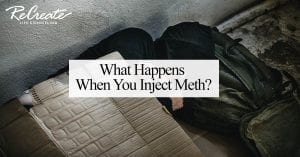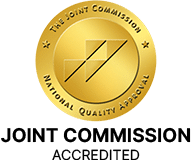
Tag: Alcoholism
Alcoholism is, broadly, any drinking of alcohol that results in significant mental or physical health problems.


What Is the Most Expensive Drug in the World?

What Happens When You Inject Meth?

Post-Acute Withdrawal Syndrome from Suboxone

What Are the Street Names for Ecstasy?

How Long Are Benzos Detected in Urine?

What is the “13th Step” in Recovery

Choosing a Power Greater Than Yourself




